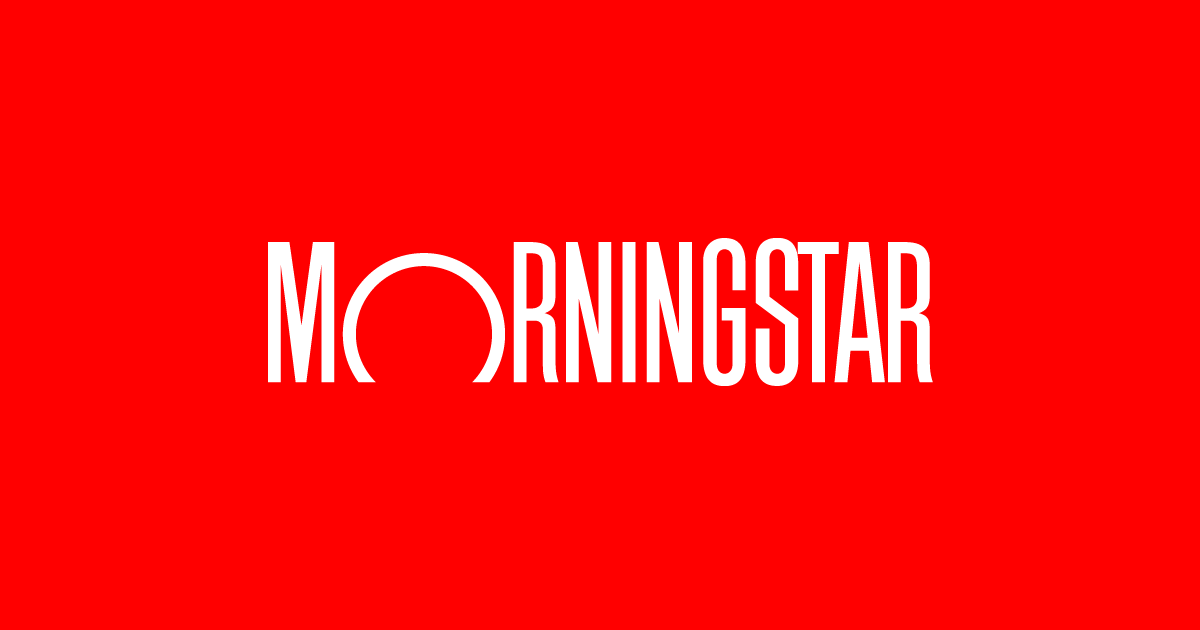Think you've maximized your savings? Think again. From sneaky bank fees to subscription creep, discover how everyday financial blind spots could be costing you thousands annually. Learn how simple tweaks—not sacrifices—can unlock $4,000-7,000 in hidden savings each year.

Money Drains You Never See Coming (And How to Plug Them)
Let's talk about something that drives me crazy – those same old money-saving tips that pop up everywhere. You know the ones: "Skip your morning coffee!" "Cancel Netflix!" Sure, those might save you a few bucks, but they're missing the bigger picture. The real money vampires? They're sneakier than that.
I've spent years helping people track down these invisible expenses, and let me tell you – they're everywhere. We're not talking about obvious splurges here. These are the quiet little costs that seem totally reasonable on their own but add up to thousands of dollars vanishing from your bank account every year.
Bank Fees: The Silent Wealth Killer
Here's something that makes me want to scream: people paying monthly fees for basic checking accounts. It's like paying rent for your own money! I recently helped a client who'd been shelling out $15 monthly for a basic account – that's $180 yearly for... what exactly? The privilege of keeping her money in a bank?
There are dozens of fee-free alternatives out there, many offering better perks than traditional banks. Some online banks even refund ATM fees worldwide. Think about that – no more of those annoying $3-4 charges every time you need cash. For frequent ATM users, that's easily $300 a year back in your pocket.
Insurance: Stop Paying the Loyalty Tax
Ever notice how insurance companies love to reward new customers with great rates while quietly hiking up premiums for loyal ones? They're banking on the fact that most people set up their insurance and forget about it. Big mistake.
Just last month, I saved $540 on my car insurance by spending 30 minutes comparing quotes. Same coverage, same deductibles – just a different company. The kicker? My old insurer suddenly found a "loyalty discount" when I called to cancel. Funny how that works, right?
The Subscription Trap
Oh boy, this one's gotten out of hand lately. Between streaming services, cloud storage, meal planning apps, and whatever else, we're drowning in subscriptions. Each one seems harmless enough – $9.99 here, $14.99 there. But when's the last time you actually counted them all up?
Do a quick check of your credit card statement. I bet you'll find at least one subscription you forgot about (hello, meditation app from 2021) or services with overlapping features. Most households can easily cut $400-800 yearly here without missing anything they actually use.
Utility Bills: The Overcharge Nobody Questions
Here's a fun fact: many utility companies charge different rates depending on when you use power. Running your dishwasher at 7 PM versus 11 PM could mean paying 20% more for the exact same clean dishes.
And don't get me started on phone plans. The number of people paying for unlimited data while using maybe 5GB monthly... it hurts my soul a little. One family I worked with saved $470 yearly just by switching to a plan that matched their actual usage. That's a nice weekend getaway right there.
Grocery Store Psychology
Want to know why grocery stores put milk at the back of the store? They're hoping you'll grab a few "impulse items" on your way there. These stores have turned separating you from your money into a science.
But here's the thing – you don't need extreme couponing to win at the grocery game. It's about shopping smart. Know your regular items' usual prices. Stock up when there's a real sale (not those fake "sales" where they jack up the price first). Plan meals around what's actually in season. My clients typically save 15-25% on groceries without sacrificing quality or variety.
Credit Cards: Your Best Friend or Worst Enemy
This one's a doozy. Beyond the obvious advice about avoiding high-interest debt, most people are leaving serious money on the table with their credit cards. If you're using the same card for everything, you're probably doing it wrong.
Match your cards to your spending patterns. Use a card with enhanced grocery rewards for food shopping, another for travel, etc. A typical family can easily earn $500-1,000 extra in rewards annually just by optimizing which card they swipe.
The Real Power Play
Here's what gets me excited: when you add up all these "small" savings, we're talking about $4,000-7,000 yearly for many households. That's not pocket change – it's life-changing money when used right.
Invest that $5,000 annual savings (assuming a modest 7% return), and you're looking at $70,000+ in ten years. All from plugging leaks you might not even notice right now.
Start small. Pick one category that bugs you the most. Maybe it's those sneaky bank fees, or perhaps you're tired of your insurance company's games. Fix that first, then move on to the next. Before you know it, you'll have a financial fortress that would make any money expert proud.
Remember, this isn't about depriving yourself – it's about being smarter than the systems designed to drain your wallet. And trust me, that feeling of knowing you're not letting money slip through the cracks? It's better than any overpriced latte.